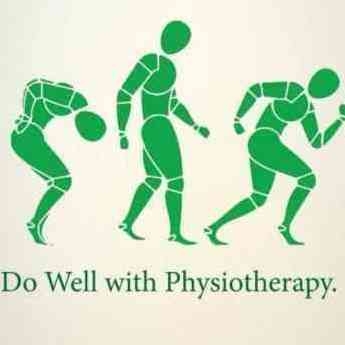+918042754929

This is your website preview.
Currently it only shows your basic business info. Start adding relevant business details such as description, images and products or services to gain your customers attention by using Boost 360 android app / iOS App / web portal.
Brachial plexus injury The nerves of the brac...
Brachial plexus injury The nerves of the brachial plexus may be stretched, compressed, or torn in a difficult delivery. The result might be a loss of muscle function, or even paralysis of the upper arm. Injuries may affect all or only a part of the brachial plexus: Injuries to the upper brachial plexus (C5, C6) affect muscles of the shoulder and elbow. Injuries to the lower brachial plexus (C7, C8 and T1) can affect muscles of the forearm and hand. What are the types of brachial plexus injuries? Brachial plexus birth injuries are often categorized according to the type of nerve injury and the pattern of nerves involved. There are four types of nerve injuries. Stretch (neurapraxia) Nerve has been stretched but not torn Injury occurs outside the spinal cord Most common form Usually affected nerve(s) may recover on their own usually within 3 months of the baby’s life Rupture nerve is torn, but not where it attaches to the spine injury occurs outside the spinal cord common form may require surgical repair Avulsion nerve roots are torn from the spinal cord injury occurs at the spinal cord less common form (roughly 10 to 20 percent of cases cannot be surgically repaired directly — damaged tissue must be surgically replaced (nerve transfers) can injure the nerve to the diaphragm, causing difficulty with breathing droopy eyelid on the affected side may indicate a more severe injury, such as Horner’s syndrome Neuroma nerve has tried to heal, but scar tissue has formed and presses against the injured nerve or interferes with nerve function may require surgical treatment with nerve reconstruction and/or secondary tendon transfers What are other forms of brachial plexus injuries? Erb’s palsy It involves the upper portion (C5, C6, and sometimes C7) of the brachial plexus. A child typically has weakness involving the muscles of the shoulder and biceps. Home physical therapy begins when a baby is 3 weeks old to prevent stiffness, atrophy and shoulder dislocation Total plexus involvement This represents roughly 20 to 30 percent of brachial plexus injuries. All five nerves of the brachial plexus are involved (C5-T1). Children may not have any movement at the shoulder, arm or hand. Horner’s syndrome This represents roughly 10 to 20 percent of injuries. It is usually associated with an avulsion. The sympathetic chain of nerves has been injured, usually in the T2 to T4 region. The child may have ptosis (drooping eyelid), miosis (smaller pupil of the eye) and anhydrosis (diminished sweat production in part of the face). The child may have a more severe injury of the brachial plexus. Klumpke’s palsy This almost never occurs in babies or children. It involves the lower roots (C8, T1) of the brachial plexus. It typically affects the muscles of the hand Physiotherapy Management During the first 6 months treatment is directed specifically at prevention of fixed deformities. Exercise therapy should be administered daily to maintain range of motion and improve muscle strength. Parents must be taught to take an active role in maintaining range of motion and keeping the functioning muscles fit. Exercises should include bimanual or bilateral motor planning activities. Activities and exercises to promote recovery of movement and muscle strength Exercises to maintain range of movement in the joints to prevent stiffness and pain Sensory stimulation to promote increased awareness of the arm Provision of splints to prevent secondary complications and maximize function Educating parents on appropriate handling and positioning of the child and home exercises to maximize the child’s potential for recovery Constraint induced movement therapy may be useful Electrical Stimulation may be beneficial #ImmediateCare #BrachialPlexus #PhysicalTherapy #AddingYearsToLife

